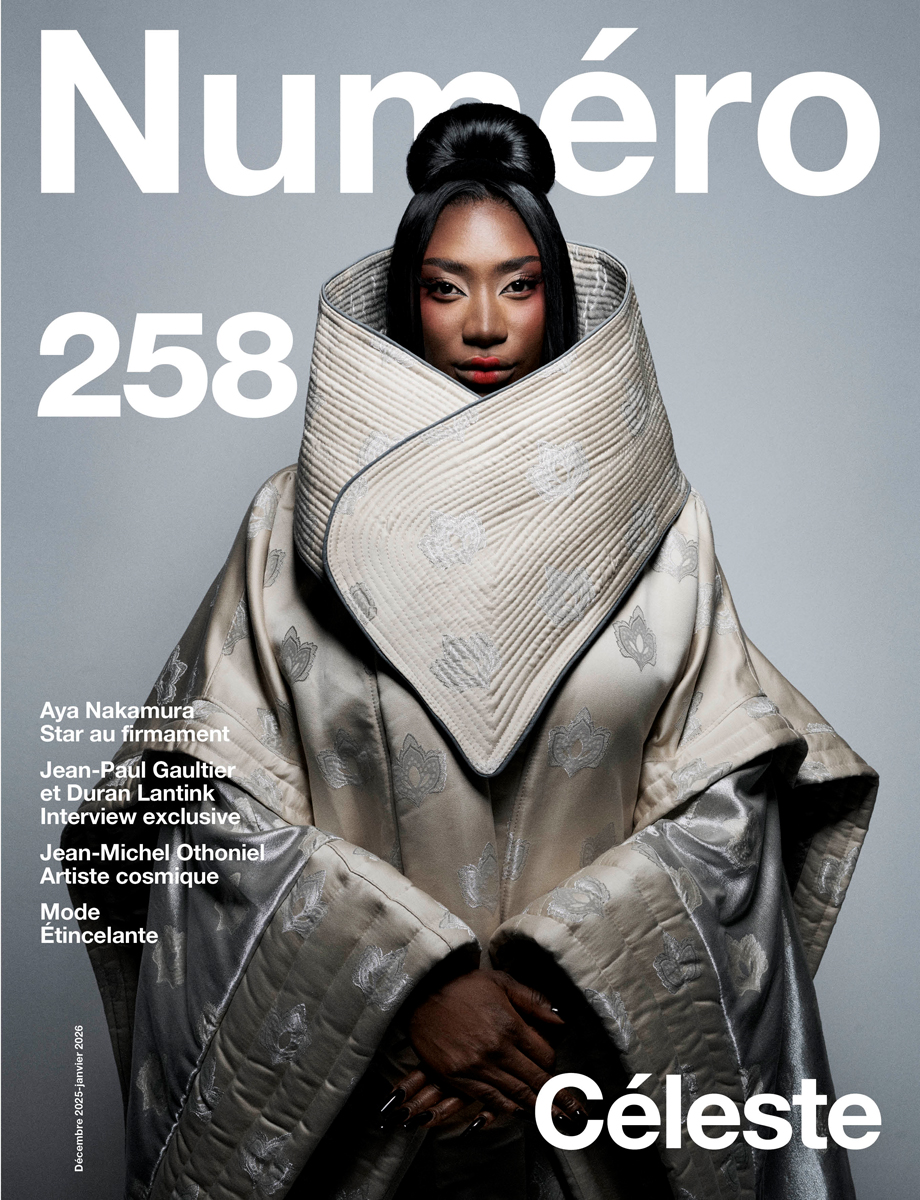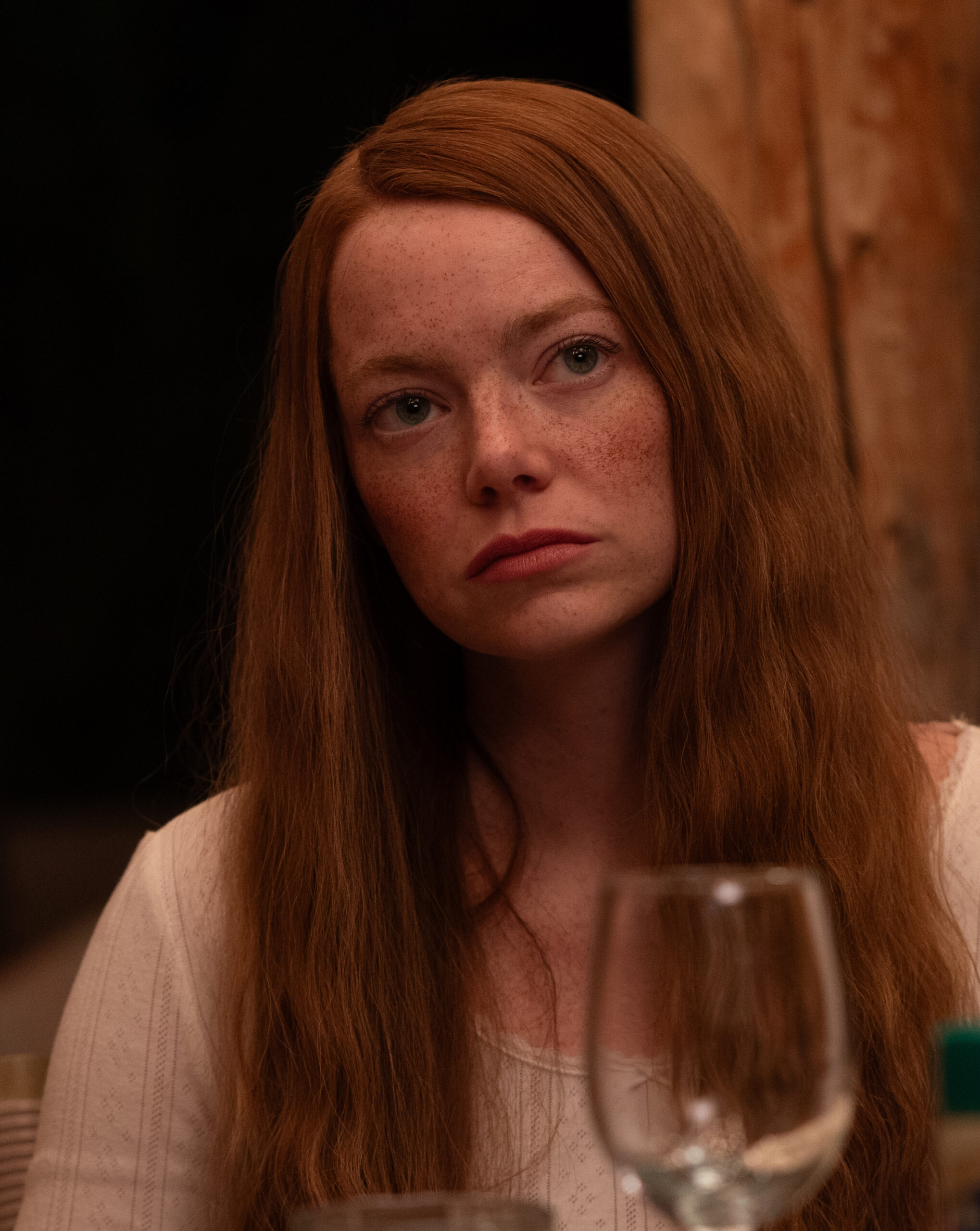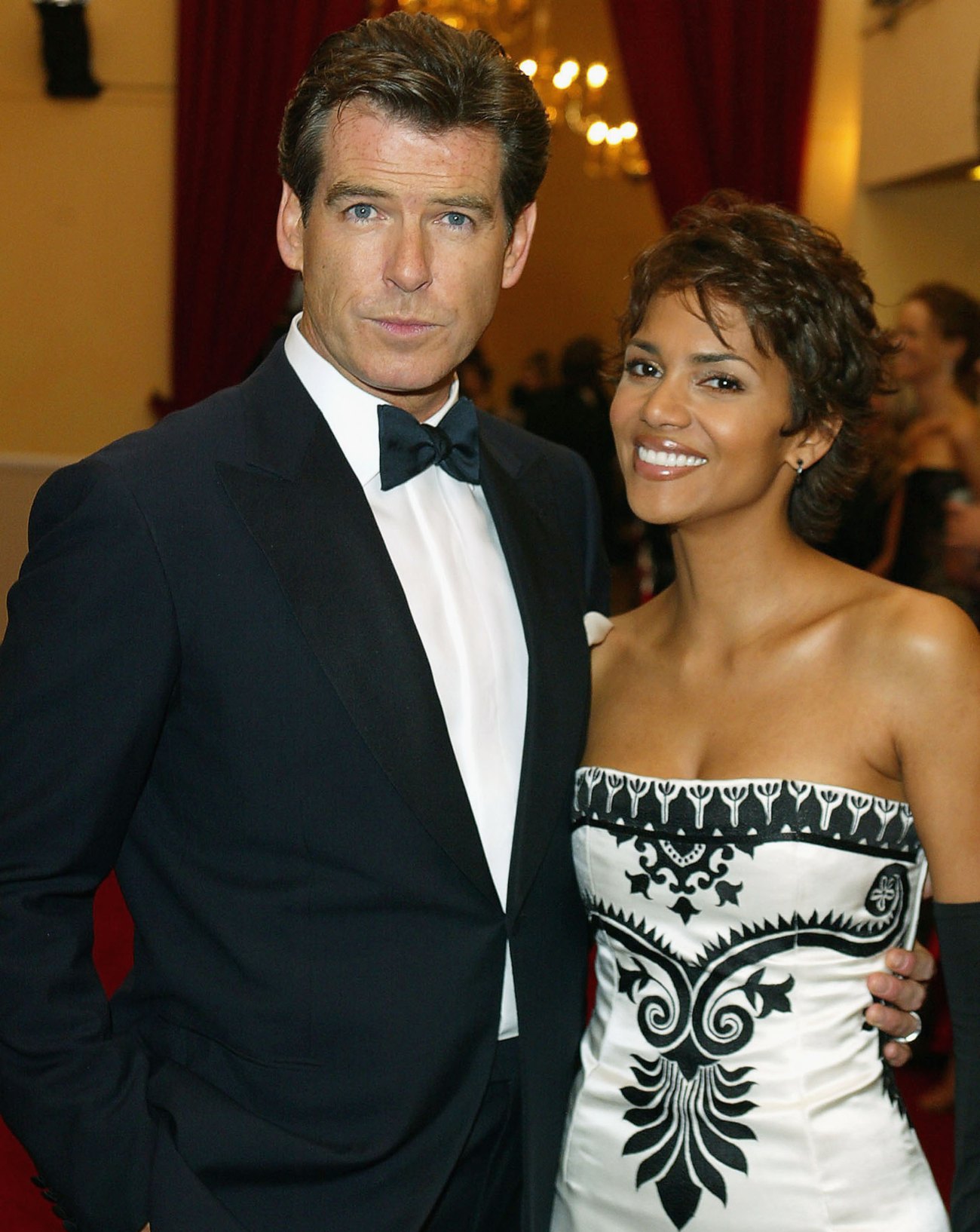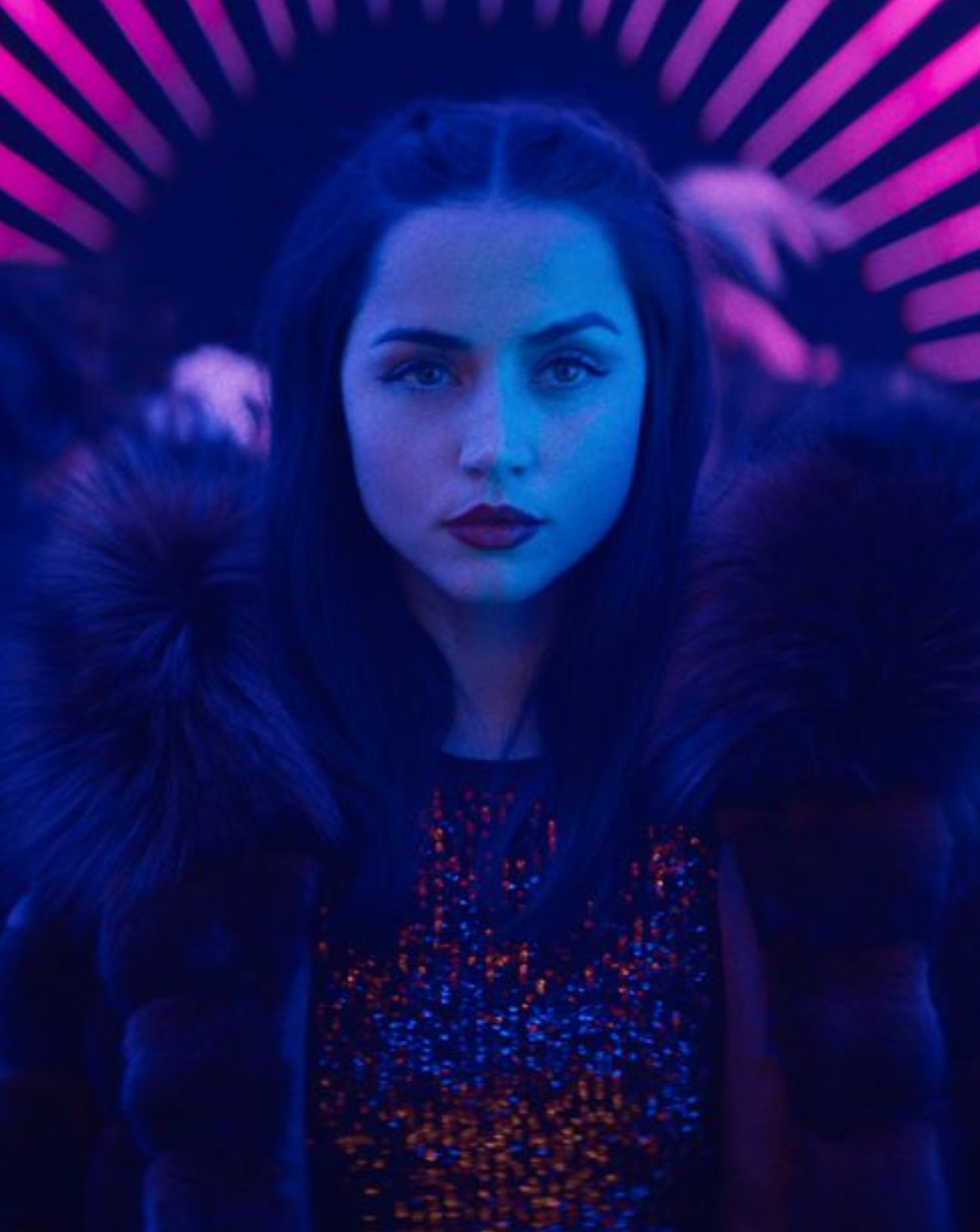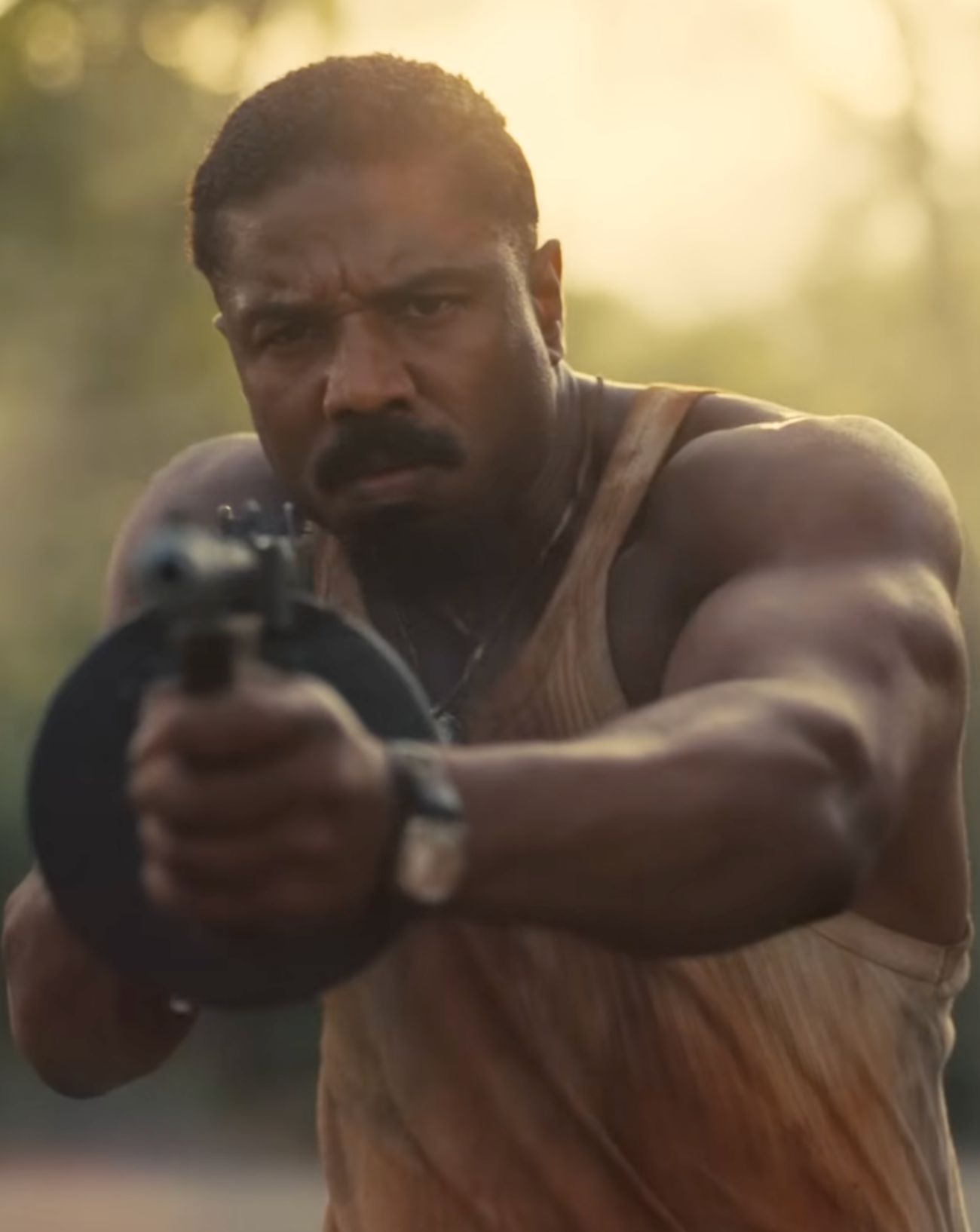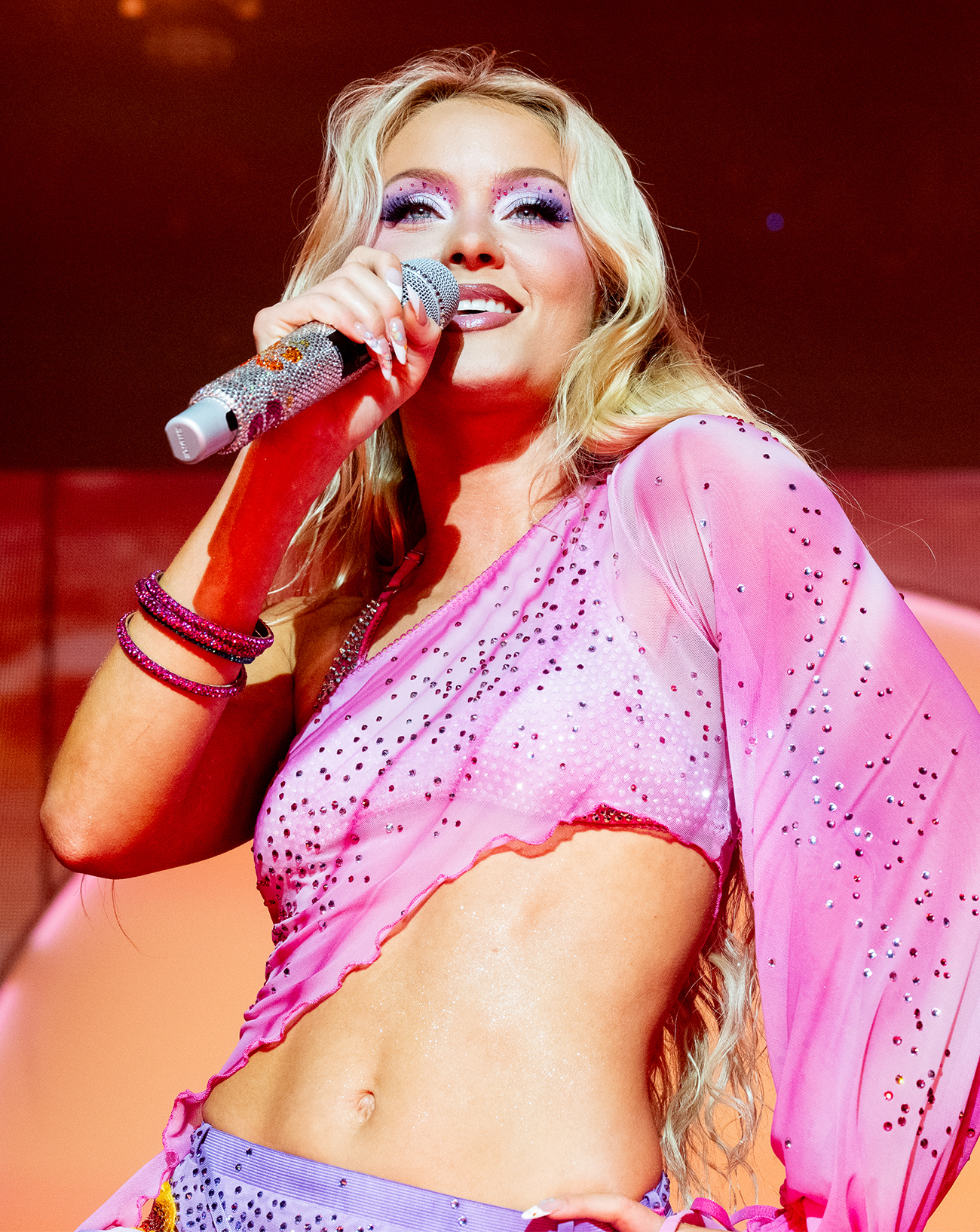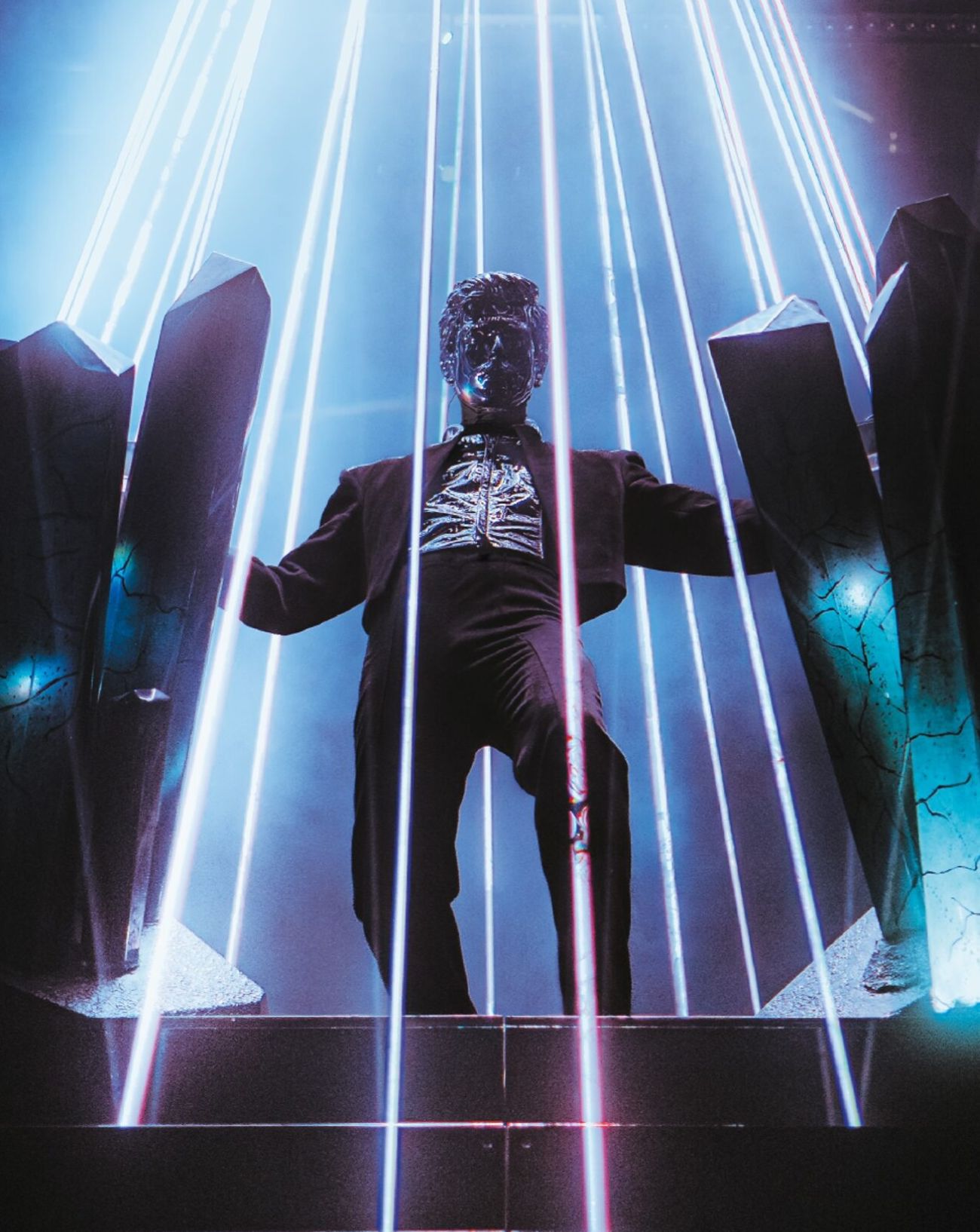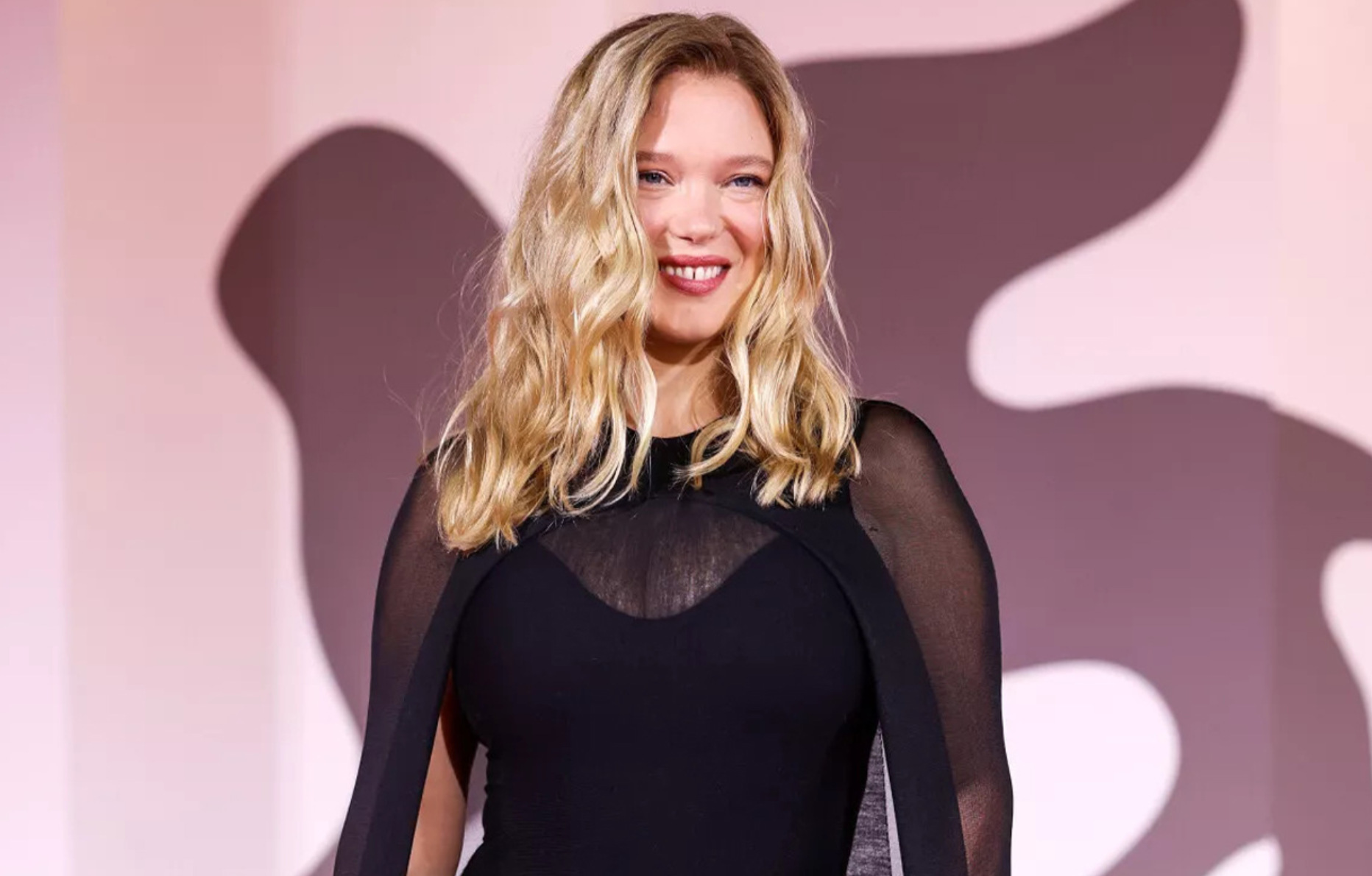
18
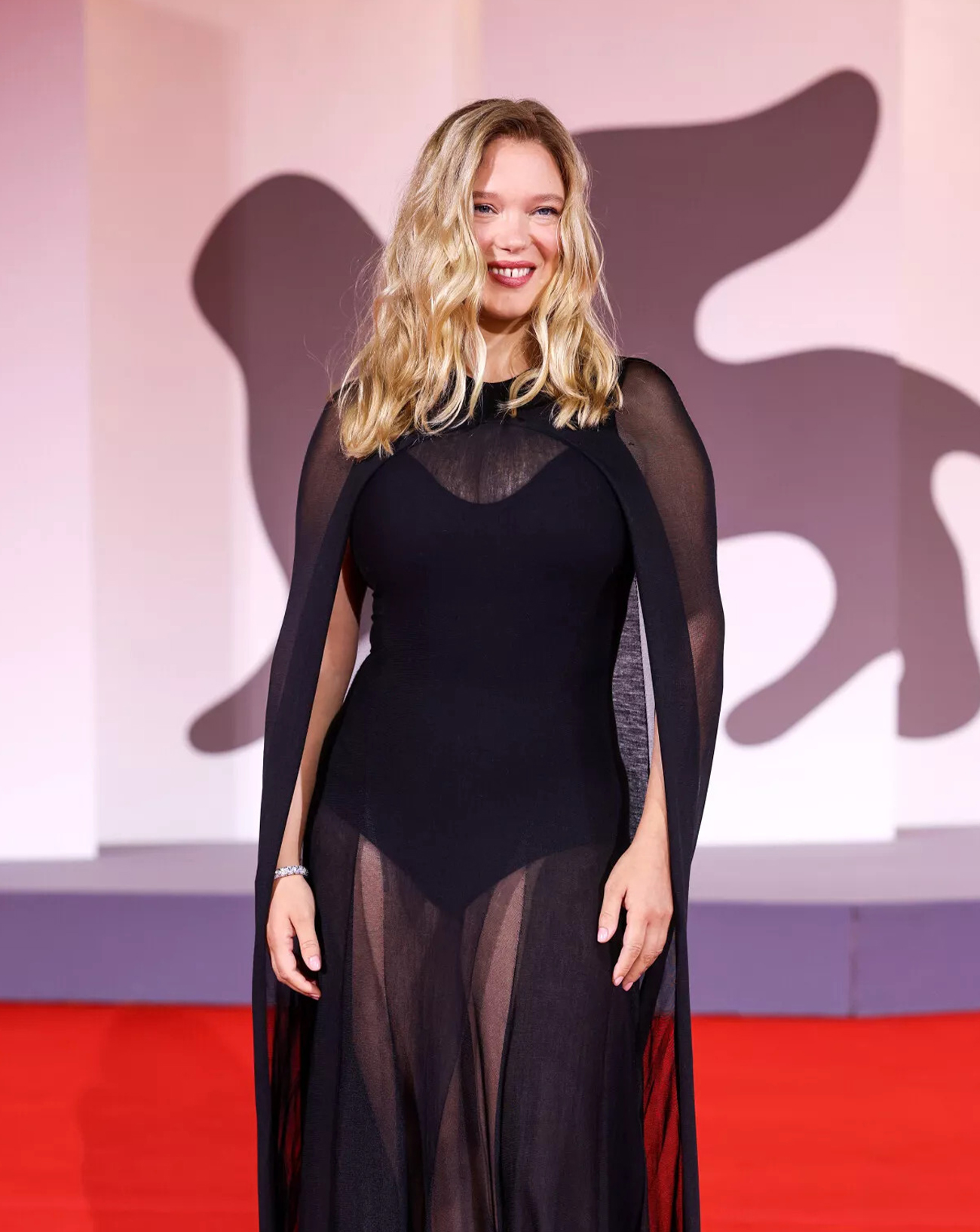
18
Léa Seydoux : 7 choses que vous ne savez peut-être pas sur la star française
À 40 ans, la sublime, énigmatique et talentueuse Léa Seydoux est l’une des actrices les plus demandées du cinéma français (et étranger). Après avoir joué dans deux projets majeurs, Dune, deuxième partie de Denis Villeneuve et La Bête de Bertrand Bonello, l’actrice a fait sensation à la Mostra de Venise afin de présenter le film Silent Friend d’Ildikó Enyedi. Alors que le long-métrage Grand Central de Rebecca Zlotowski est diffusé sur France 4 ce jeudi 18 décembre 2025, retour sur les aspects les plus méconnus de sa vie et de sa carrière.
par Violaine Schütz.
Publié le 5 septembre 2025. Modifié le 18 décembre 2025.
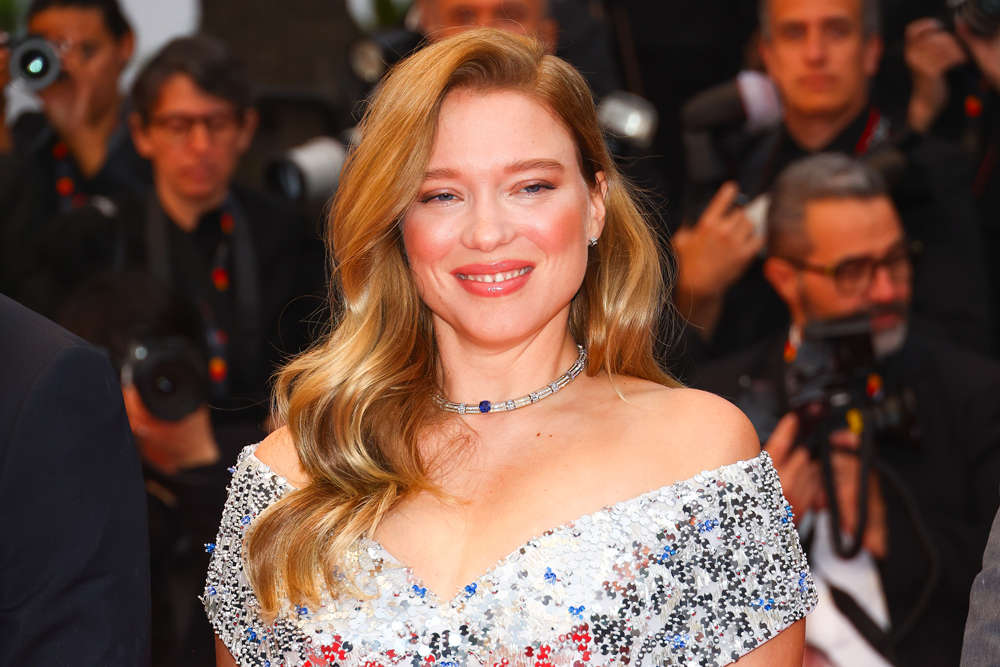
Léa Seydoux n’a pas toujours voulu être actrice
Si sa famille est connectée au septième art, la star française (ex-timide) Léa Seydoux n’a pas pour autant toujours voulu être actrice, mais plutôt chanteuse d’opéra. Celle qui, dans les années 2000, posait, poitrine apparente, pour la marque American Apparel ne rêvait pas d’être comédienne, plus jeune. L’héroïne au regard mélancolique de La Belle Personne (2008) de Christophe Honoré (dans lequel a joué Gabriel Attal) a en effet confié dans plusieurs interviews, notamment pour le W Magazine, que c’était en tombant amoureuse d’un acteur qu’elle avait eu envie d’être à l’écran. Elle trouvait sa vie incroyable et désirait avoir la même.
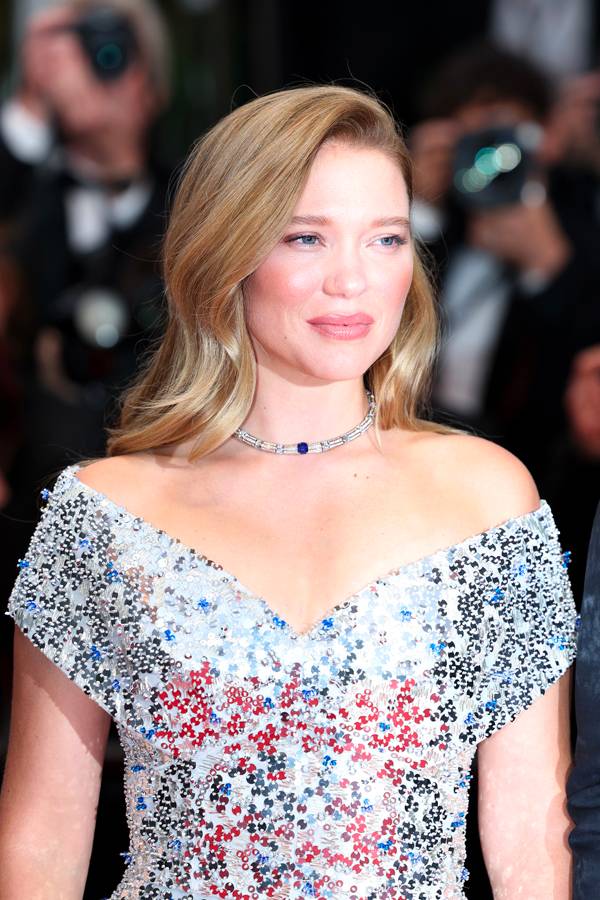
C’est également pour le séduire qu’elle s’est mise en tête de faire le même métier que lui. Finalement, elle ne fréquenta pas ce comédien (dont on ignore le nom), mais il y a fort à parier qu’elle se soit vengée en devenant bien plus célèbre que lui. Récemment, dans une interview accordée à Télérama, la comédienne déclarait : “C’est assez récent l’idée que je m’accepte comme actrice.” Dans son palmarès, la magnétique Léa Seydoux compte aujourd’hui des films de Rebecca Zlotowski, Benoît Jacquot, Xavier Dolan, Bruno Dumont ou encore Arnaud Desplechin (Roubaix, une lumière). Et des rôles souvent troubles… Et toujours troublants.

L’actrice vient d’une famille connue dans le milieu du cinéma
Si son nom de famille n’évoquera rien à ceux qui ne suivent pas, Léa Seydoux vient d’un clan phare du septième art en France. Elle est en effet la petite-fille du producteur Jérôme Seydoux, patron de Pathé (le diptyque Les Trois Mousquetaires) dont la fortune était estimée en 2023 à 1,4 milliard d’euros, et la petite nièce de Nicolas Seydoux, président du conseil de surveillance de Gaumont.
Lors d’un entretien pour le média Deadline, l’actrice confie : « Je viens de cette famille du monde de la culture mais quand j’étais petite, j’étais complètement mise de côté. J’étais une marginale, très mauvaise à l’école, et je me suis toujours sentie un peu comme une orpheline, qui ne rentre dans aucune case. »
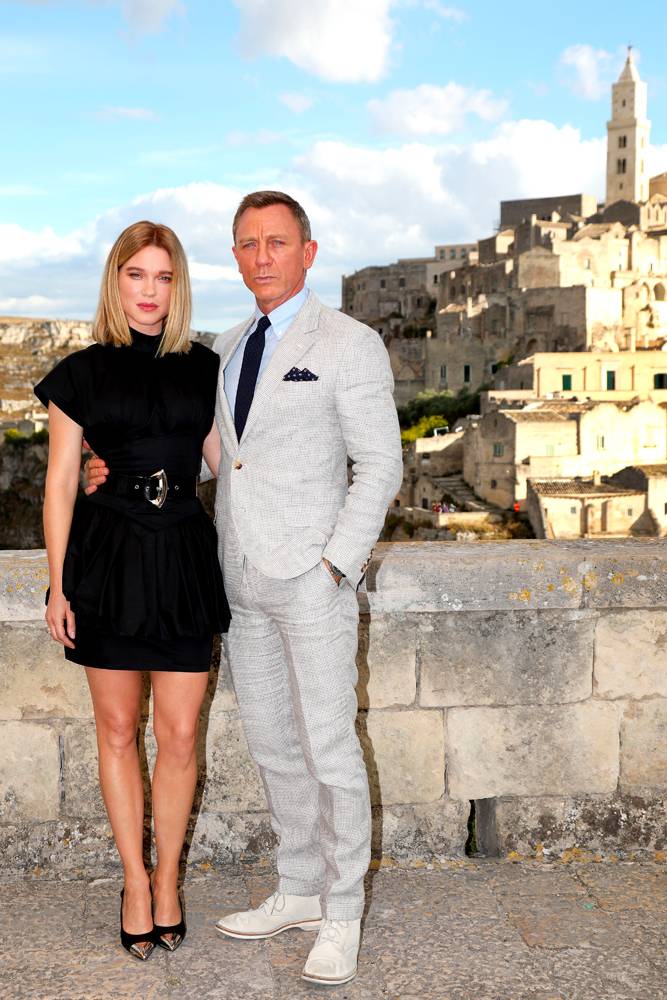
Léa Seydoux est l’une des rares James Bond Girls à être apparue deux fois dans un film de la franchise
En plus d’être l’une des grandes stars du cinéma français, abonnées aux beaux rôles, Léa Seydoux a aussi séduit l’étranger. L’égérie Louis Vuitton incarne le french touch et le chic hexagonal dans le monde entier. On l’a vue dans le film Inglourious Basterds (2009) de Quentin Tarantino, dans Robin des Bois (2010) de Ridley Scott ou encore Mission impossible : Protocole Fantôme (2011) de Brad Bird. Elle a aussi joué dans des longs-métrages de Woody Allen (Minuit à Paris en 2011), Wes Anderson (The French Dispatch en 2021), David Cronenberg (Les Crimes du futur en 2022) ou encore Yórgos Lánthimos (The Lobster en 2015).
Mais les spectateurs – en dehors de la France – la connaissent surtout pour sa performance dans deux films James Bond : dans Spectre (2015) et Mourir peut attendre (2021), face à Daniel Craig. En incarnant deux fois la psychologue Madeleine Swann, elle est même entrée dans l’histoire de la saga. En effet, à part l’actrice britannique Eunice Gayson dans les années 1960, peu de comédiennes ont tenu le même rôle dans deux James Bond d’affilée. Pour les producteurs des films, ce choix est lié au « charme impossible à reproduire » de Léa Seydoux.

Elle a pris la parole pour évoquer le tournage difficile de La Vie d’Adèle
S’inscrivant dans le mouvement #MeToo (qui libère la parole des femmes), Léa Seydoux a déjà évoqué la figure de l’effrayant Harvey Weinstein dans le journal The Guardian. Elle a aussi raconté combien le tournage du film La Vie d’Adèle (2013), aux côtés d’Adèle Exarchopoulos, avait été éprouvant pour elles deux, malgré le prix reçu au Festival de Cannes.
En 2018, dans les colonnes du magazine Elle, la discrète star française expliquait : « Lorsque j’ai dit, il y a cinq ans, qu’Adèle [Exarchopoulos] et moi-même avions été maltraitées sur le tournage de La Vie d’Adèle, des actrices connues m’ont critiquée, et on nous a conseillé de la fermer si nous voulions continuer à travailler. Abdellatif Kechiche a tout de suite déplacé le sujet sur un terrain social : si je me plaignais, c’était parce que j’étais une bourgeoise, une petite fille gâtée… C’est insupportable ! Rien ne justifie qu’on torture des gens, et ça n’est pas ça qui rend le film meilleur. Je pense qu’aujourd’hui notre témoignage, à Adèle et moi, serait reçu avec davantage de bienveillance. Enfin, je l’espère. »

La sublime star de Dune 2 a quelques complexes
Lors d’un entretien au média Screen Rant, en 2015, l’actrice Léa Seydoux, que l’on a vue récemment dans La Bête (2024) de Bertrand Bonello et dans Dune, deuxième partie (2024) de Denis Villeneuve faisait une étonnante confession sur son physique.

Alors que tout le monde loue sa beauté (rehaussée par de jolis cernes) et son jeu d’actrice (empreint d’une grande ambiguïté et de beaucoup de mystère), Léa Seydoux expliquait avoir été surprise qu’on fasse appel à elle pour être James Bond Girl. Elle ne se sentait pas assez « femme fatale ». « Au début, avoue-t-elle, je me sentais un peu nerveuse, parce que j’avais l’impression que je n’étais peut-être pas assez belle ou quelque chose comme ça. Et puis j’ai réalisé que c’était plutôt quelque chose de positif. (…) Ce serait un nouveau film, un nouveau Bond. Et c’est pourquoi ils sont venus vers moi. »

Elle a vécu une très mauvaise expérience au Festival de Cannes
En mai 2024, Léa Seydoux (qui sera à l’affiche des prochains films de Luca Guadagnino et de Leos Carax) était présente sur le tapis rouge de la Croisette pour défendre son long-métrage, qui fait l’ouverture du Festival de Cannes. Il s’agit du film de Quentin Dupieux, Le Deuxième acte, dans lequel elle joue aux côtés de Raphaël Quenard, Vincent Lindon et Louis Garrel. L’occasion pour elle de revenir, lors de l’émission C à Vous du 6 mai sur une mésaventure cannoise.
Elle reviendra dans le film Silent Friend en 2026
Cela paraît difficile à croire aujourd’hui mais l’actrice a été zappée par l’équipe du film lors de la fameuse montée des marches, pour la projection du Robin des Bois (2010) de Ridley Scott. Elle explique : “Ils m’avaient oubliée. Toute l’équipe était montée (…) J’étais jeune à l’époque, je ne savais pas, c’était un de mes premiers films. La projection avait commencé et moi j’étais encore sur le tapis.”
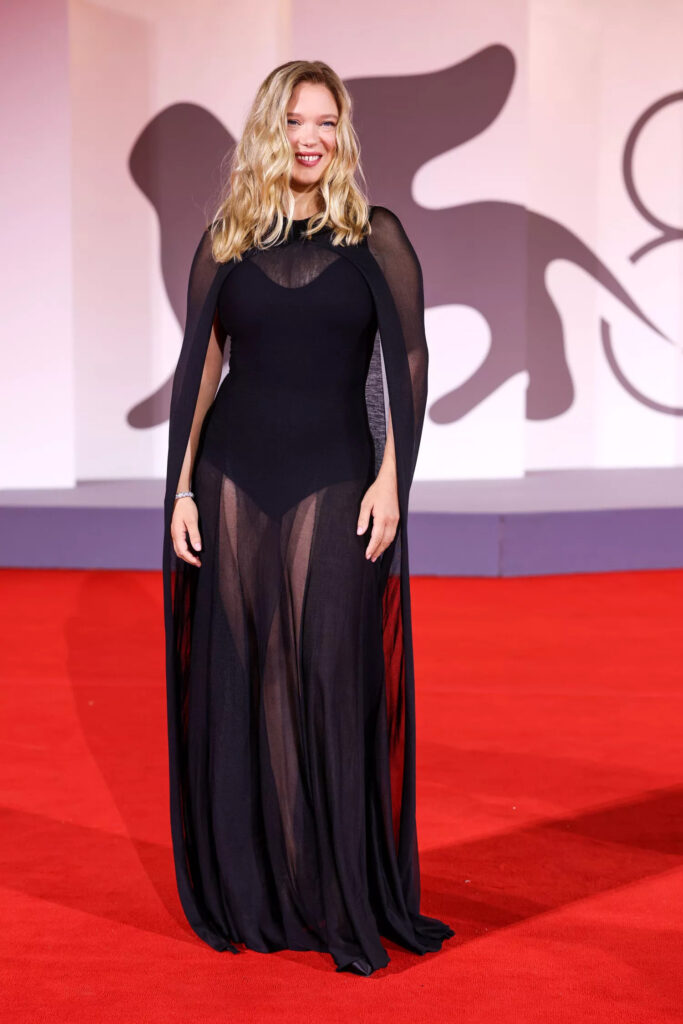
Cette année, l’actrice française a fait son grand retour à la Mostra de Venise avec Silent Friend (2026), le nouveau long-métrage de la cinéaste hongroise Ildikó Enyedi, attendu pour le 1er avril 2026. Le pitch ? “Dans un jardin botanique, un arbre veille et observe, témoin patient des siècles. En 1908, il suit Grete, qui lutte pour exister dans un milieu qui l’ignore. Dans les années 1970, il voit Hannes s’éveiller à l’amour et au monde des plantes. Aujourd’hui, le vieil arbre parle avec Tony dans son langage secret. Autour de lui, certains se cherchent, d’autres se rencontrent. Lui demeure, ami silencieux, dans un temps plus vaste que le leur.”
Silent Friend d’Ildikó Enyedi, au cinéma le 1er avril 2026. Grand Central (2013) de Rebecca Zlotowski, diffusé sur France 4 le 18 décembre 2025.
